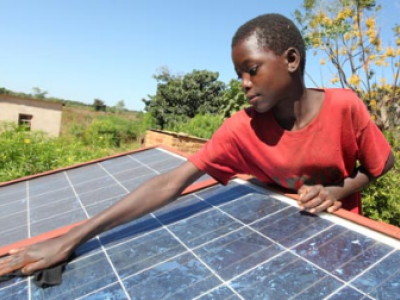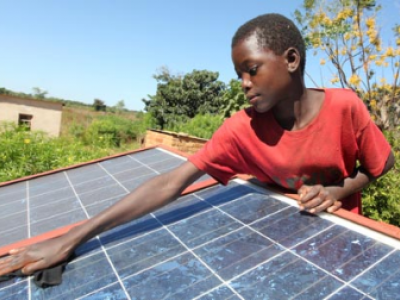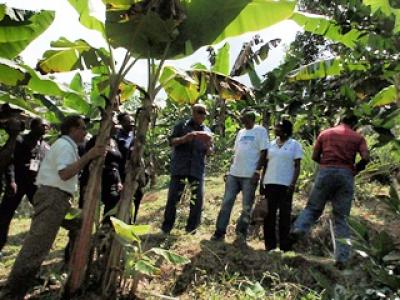Jamaica is an island in the Caribbean Sea, located approximately 145 kilometers from Cuba. The island is 230 kilometers long and 80 kilometers wide, with a population of around 2.8 million; approximately 22 per cent of its inhabitants live below the poverty line (MWH and NMS, 2000; USDS, 2010). Jamaica has several rugged mountain ranges, with the highest point, the Blue Mountain Peak, soaring over 2,256 metres (7,402 feet). About sixty percent of the island’s bedrock is white limestone; twenty five percent is volcanic and cretaceous, ten percent alluvial and five percent yellow limestone. More than 120 rivers flow from the mountains to the coast. There are fourteen parishes in Jamaica, with Kingston being the capital of the country. The coastline is approximately 1,022 kilometres.
The country is mainly tropical, with mean average temperatures hovering around 33oC at sea level and 12oC in the islands’ Blue Mountains. The country is impacted by extreme tropical weather events, including tropical waves, storms and hurricanes, particularly during the hurricane season that lasts from June to November (MWH and NMS, 2000).For the coastal zone there is a need for advanced planning to avoid worst impacts, assessments of need for modification of land use and implementation of identified land use guidelines, modification of building styles and codes, and a withdrawal of Government subsidies for development in high risk areas. In addition there needs to be more structured coral reef management and greater support for research and environmental monitoring.
Jamaica’s economy is dependent on the services sector (including tourism), which constitutes approximately 60 per cent of its Gross Domestic Product (GDP); remittances make up a further 20 per cent of the country’s GDP (USDS, 2010). Jamaica has a high unemployment rate and the fourth highest debt to GDP ratio per capita in the world (USDS, 2010). Approximately 65 per cent of the country’s workforce is employed by the services sector, 17 per cent by industry (bauxite, gypsum, etc.) and 18 per cent in agriculture (USDS, 2010).
Other influences are the warm waters of the Caribbean Sea, as well as synoptic weather systems, primarily the Azores-Bermuda high-pressure system, surface, mid and upper level troughs, frontal systems, easterly waves, tropical depressions, tropical storms, hurricanes and infrequently, the inter-tropical convergence zone. Rainfall is the dominant meteorological variable that influences the meso-scale fluctuations of temperature, humidity, sunshine and evaporation.
Active Projects
Projects Completed
Latest Updates
See allLatest Publications
See allStory’s blurb: Situated across the hilly interiors of northeast St. Catherine in Jamaica, lies the rural community of Glengoffe,…








